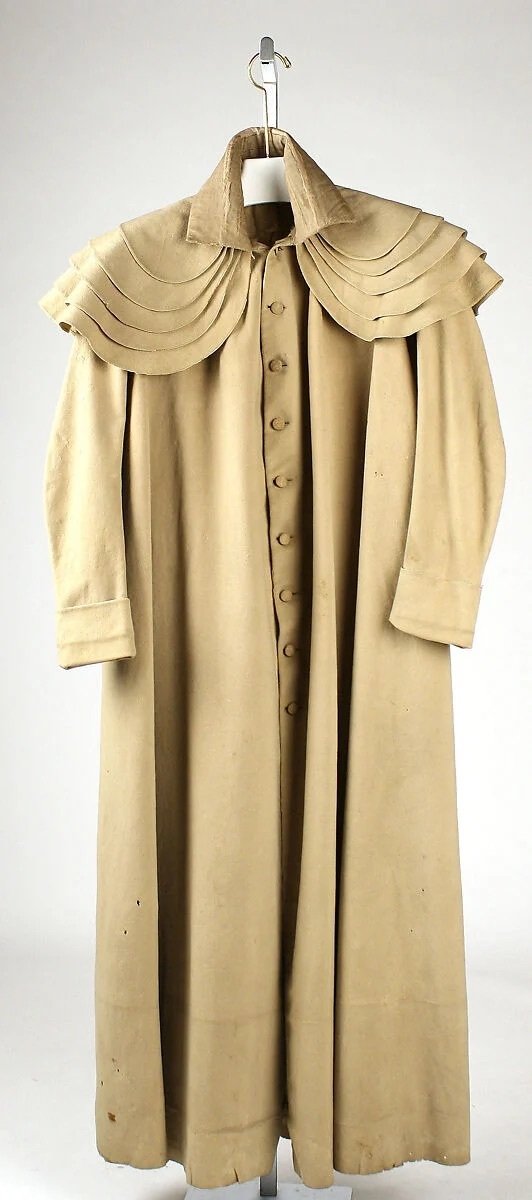STORY BEHIND THE BOOK WITH KATE BRAITHWAITE
How did you research the American history about the influential families of the Randolph’s and the Jefferson’s? Were there any specific museums, libraries or archives that helped you to find your source material?
I usually start my research with secondary sources, in this case two books about the scandal that engulfed the Randolph’s at Bizarre: Unwise Passions by Alan Pell Crawford and Scandal at Bizarre by Cynthia A. Kierner. From there I get busy with the notes and bibliography sections. If there’s a primary source I’ll track it down and read it with my own eyes. These include Richard Randolph’s public letter in the Virginia Gazette, John Marshall’s notes in Commonwealth v Randolph, Nancy Randolph’s letters, and the angry letters exchanged between Nancy and John Randolph of Roanoke, years after the scandal had blown over.
The Virginia Museum of History and Culture ably answered my research request for photocopies of key documents. Nancy’s handwritten letters are viewable online in a collection held by the College of William and Mary (they do take some effort to decipher!). I was able to go to Winterthur Museum, Garden and Library, a wonderful property very near my home, and read John Randolph’s letters to a nephew in a book in their rare book collection. I love this aspect of writing historical fiction!
In the book, you write about Nancy wearing a wool coat, could you describe the style of this? Did you find references to help accurately describe 18th century dress?
This garment comes from the source material. In his notes on Randolph (Randy) Harrison’s testimony, John Marshall records that when Nancy arrived at Glentivar she “had a close great (coat) buttoned round her. He observed no mark of pregnancy.” It’s hard to be precise about what this coat must have looked like! In the late eighteenth century, women often wore a redingote, a full length tight-fitting coat that fastened at the bodice and then was open to show the dress below.I stuck with calling it a greatcoat because that was how it was described in the source. Because Randy called it “close”, and given that Nancy was likely wishing to hide her figure, I think of the coat having buttons all the way down, perhaps looking more like a man’s greatcoat, similar to this image in the Met collection. It was also October, so I imagined a serviceable coat of wool, rather than something made of cotton, silk or linen. Red was a popular color for coats during the eighteenth century and the symbolism of her coat being red appealed to me. I also thought it would be fitting if the coat had belonged to her mother . . . after all perhaps none of this would have happened if Nancy and Judy’s mother was still alive.
What was the motivation behind choosing to write a retelling over a something completely fictional?
So much of how we understand any story is determined by the point of view of the person telling it, and so much of our historical knowledge comes from men. I really enjoy reading and writing about women’s history and feel stories re-examined from a female perspective can be enlightening. While I love reading a good historical novel about fictional characters, as a writer I’m drawn to the biographical side of historical fiction. Often the sources can tell you what happened, but not necessarily how it felt to the people involved.
With Nancy’s story, I was very caught up in the drama between the two sisters and the fact that they continued living together for ten years after the trial. I also felt a great deal of sympathy for Nancy in the years after she left Bizarre. All three women who tell this story had complex, challenging lives, and the fact that they were real only adds to the drama for me.



